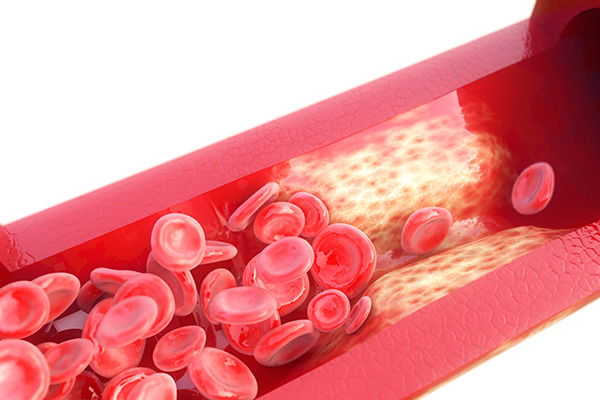![]()
Blog @ SunTech
Advice from the BP Measurement Experts
What is Hypertension?

There is no known cause for hypertension, but there are many conditions that may lead to its development. Obesity, age, diet, nervous disorders, genetic make-up, stressful lifestyle, and primary disease may lead to the onset of hypertension. Generally, any condition, including organ transplant or pharmaceutical intervention, which changes the thickness of viscosity of the blood as it flows through the arteries will affect the pressure of blood.
What are the effects of hypertension?
Hypertension is an extremely serious condition because of its long-term effect on the body's vital organs. The heart, brain, kidneys, and blood vessels are among the most commonly affected organs.
The Heart - is forced to work harder than normal and tends to enlarge and is unable to function properly.
The Brain - as blood pressure increases, damage occurs to the lining of the blood vessels in the brain and small blisters (aneurysms) may form. Aneurysms can burst suddenly causing a "stroke" - resulting in a hemorrhage in the brain.
The Kidneys - hypertension can cause a narrowing and thickening of arteries in the kidneys, reducing the amount of fluid that the kidneys can filter. Waste products from the body begin to accumulate. Eventually, the kidneys will fail completely.
The Blood Vessels - If blood pressure is not controlled, some of the fat that normally circulates is pushed more rapidly into the walls of the arteries. Plaque accumulates in the arteries, like rust on the inside of a pipe. Although plaque accumulation is also caused by other factors, hypertension does not help.
Why is hypertension difficult to diagnose?
Part of the reason why hypertension may be difficult to diagnose and manage is because neither systolic nor diastolic pressures are static, both are affected by the activities of the entire cardiovascular system, and in a normal or "normotensive" individual, each has a distinct pattern or "circadian " rhythm that is repeatable day after day.
Continuous invasive, or intra-arterial blood pressure monitoring has shown that during a 24-hour period, normotensives experience a peak in blood pressure in the mid-afternoon followed by a steady fall in pressure through the night. The pressure will reach its lowest point usually between 3:00 and 6:00 A.M and begin to rise a few hours before you wake up.
The greatest and most volatile changes in blood pressure occur in response to the external environment. Blood pressure is known to vary considerably during the day, depending on the physical activity, psychological stress and environmental factors, and can fluctuate a much as 40 mmHg daily.
Seasonal changes in blood pressure also occur in relation to the level of aldosterone in the bloodstream. The hormone, secreted by the adrenal gland, affects blood volume through the body's retention of sodium and its excretion of potassium. Aldosterone is usually slightly higher in the winter and lower in summer, subsequently causing higher winter pressures and lower summer pressures.
Another very important fluctuation in blood pressure may occur in the physician's office when a measurement is being taken. This psychological response of the blood pressure is known as White Coat or Office syndrome. In the presence of medical personnel, some individuals with otherwise normal blood pressure have abnormally high readings. Conversely, overcompensation of the psychological system can cause patients who otherwise have high blood pressures to present low or normal blood pressures in the presence of medical personnel.
Despite evidence that multiple blood pressure measurements are necessary to accurately diagnose and treat hypertension, the fact remains that office measurements continue to be the most routine means of diagnosis and therapy, and many patients are not only mislabeled as hypertensive, but often undergo unnecessary or inappropriate treatment or are not treated at all.
Do you have further questions about hypertension, how it can affect you or ways to measure it more accurately? Just leave them in the comment section below, and we’ll get in touch with you.
Interested in getting more SunTech news, product info, as well as
tips, tricks, and insights from BP experts?
Sign up to get fresh content delivered direct to your inbox.



